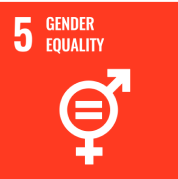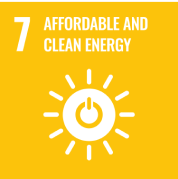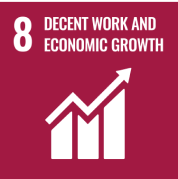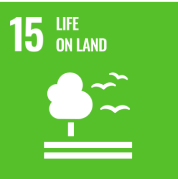Our impact so far
Reducing food loss and waste is one of the most impactful ways to fight climate change
Our work has the following positive impacts:
- Less food will have to be produced and with this, less emissions.
- Emissions related to food loss destinations (e.g. a landfill) are avoided.
Tackling food loss and waste fights climate change, improves food security and supports our economies.
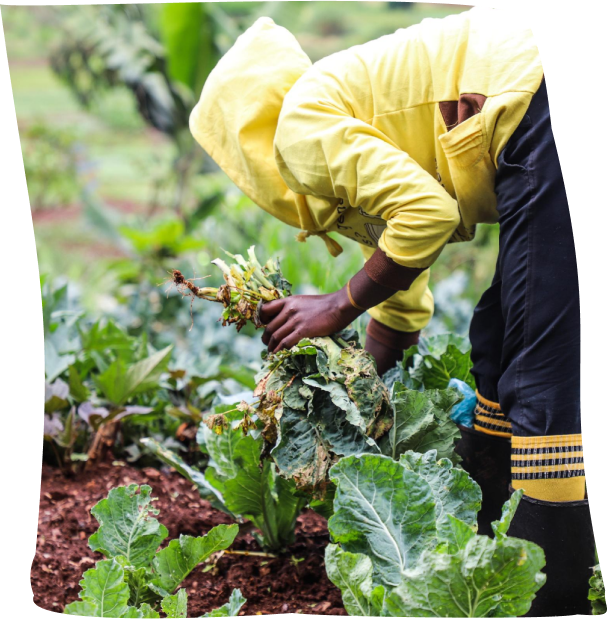
We have impact on three levels:
tonnes of CO2e avoided
KG of food saved
increase in farmers incomes
How do we arrive at these numbers?
At Farm to Feed, we measure our impact. We track how many KGs of fruits and vegetables we have rescued from farms. We use this to calculate the additional income to farmers and the tons of CO2 equivalent we have avoided from being emitted.
We are committed to the following Sustainable Development Goals
We generate additional income for smallholder farmers, who comprise a large proportion of the world’s rural poor, living on less than $2 a day
Farm to Feed makes fresh and healthy food more available and affordable by providing fresh produce at below market price, targeting mass markets including low-income communities.
Farm to Feed enables farmers to shift to more sustainable agricultural practices. Farm to Feed buys produce that normally doesn’t meet other buyers’ requirements and we create market demand for imperfect looking produce. This creates more certainty for farmers who may be more willing to take more risks in adopting different growing methods like regenerative agriculture.
Farm to Feed avoids greenhouse gas emissions in two ways:
- Offsetting similar demand: if food is eaten instead of discarded, less food will have to be produced and, with this, less emissions that are related to producing similar food will take place
- Avoiding food loss destination emissions: if food is eaten instead of discarded, emissions that are related to the food loss destination (eg. a landfill) will be avoided.
Farm to feed indirectly contributes to:

